Can Cats Eat Plants? What You Should Know About Cats and Plants
- 8 Apr 2025 15:53
Cats are known to be curious creatures, and it's not uncommon for them to nibble on plants. But can cats eat plants? While some plants are completely safe for your feline friend, others can be toxic and harmful. If your cat enjoys exploring your home or garden, it’s important to know which plants are safe and which ones could pose a danger to their health.
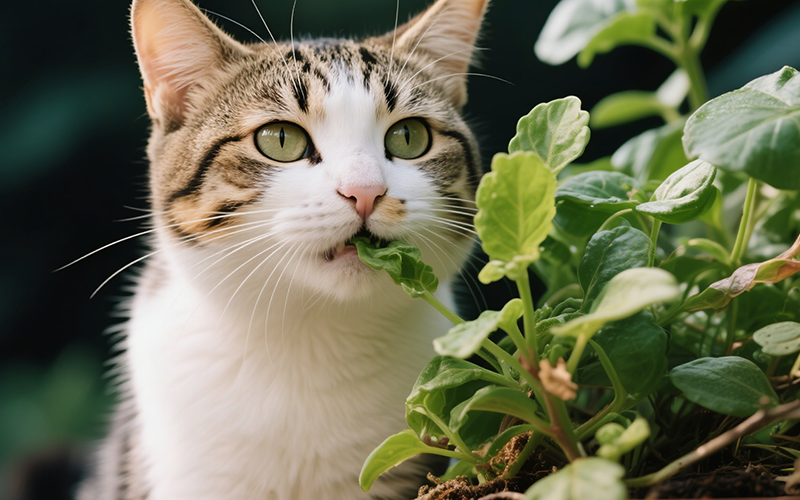
Are All Plants Safe for Cats?
No, not all plants are safe for cats. In fact, many common plants found in homes and gardens can be harmful if ingested. Some plants contain toxins that can cause a range of health issues, from mild stomach upset to more severe reactions such as poisoning, organ damage, or even death in extreme cases.
Safe Plants for Cats
Fortunately, there are many plants that are safe for cats to chew on and nibble. Here are a few examples of cat-friendly plants:
Catnip: A classic favorite, catnip (Nepeta cataria) is not only safe but also stimulating for cats. It contains nepetalactone, a compound that triggers a playful or euphoric response in many cats.
Cat Grass:Cat grass (such as wheatgrass) is another great option for your cat. It’s rich in fiber and can help aid in digestion. Cats love to munch on it, and it's completely safe.
Spider Plant: The spider plant (Chlorophytum comosum) is non-toxic to cats and is often quite attractive to them. It’s also very easy to grow, making it a popular choice in homes with pets.
Boston Fern:Boston ferns (Nephrolepis exaltata) are safe for cats and can thrive in humid environments, making them ideal for bathrooms or other damp areas.
Valerian Root: Valerian is another plant that many cats enjoy. It has a similar effect to catnip, with some cats responding to it with excitement or relaxation. Valerian root is non-toxic, but like catnip, it should be given in moderation.
Toxic Plants for Cats
While some plants are harmless, many others can be quite dangerous. Here are a few common plants that are toxic to cats and should be kept out of reach:
Lilies: All parts of the lily plant (Lilium species), including the petals, leaves, and pollen, are highly toxic to cats. Ingesting even a small amount can cause kidney failure, leading to death if not treated immediately.
Oleander:Oleander (Nerium oleander) is a beautiful flowering shrub, but it is extremely toxic to cats. Even small amounts can cause severe poisoning, including heart arrhythmias and death.
Pothos:Pothos (Epipremnum aureum) is a popular houseplant, but it contains calcium oxalate crystals that can cause intense irritation and swelling in the mouth, throat, and stomach if ingested.
Dieffenbachia: Also known as dumb cane, this plant contains toxic compounds that can cause significant oral irritation, drooling, and difficulty swallowing in cats.
Aloe Vera: While aloe vera is often used for human skin care, it is toxic to cats. Ingesting aloe can cause symptoms such as vomiting, diarrhea, and even tremors or changes in the color of your cat’s urine.
Sago Palm: The sago palm (Cycas revoluta) contains a toxin called cycasin, which is highly poisonous to cats and can cause liver failure and death. Even small amounts can be lethal.
Azaleas and Rhododendrons: Both azaleas and rhododendrons (Rhododendron species) contain toxins that can lead to vomiting, diarrhea, and a drop in heart rate in cats. Ingesting large amounts can be fatal.
Why Do Cats Eat Plants?
Cats might be drawn to plants for a few different reasons:
Curiosity: Cats are naturally curious creatures, and they may nibble on plants simply out of interest.
Fiber: Cats may seek out plants to aid digestion. Some plants, like grass, help with hairballs and digestive health.
Boredom: Indoor cats, especially those with limited stimulation, might chew on plants as a form of entertainment or to relieve stress.
Taste or Smell: Certain plants, such as catnip or valerian, have strong scents or tastes that attract cats.
How to Keep Your Cat Safe from Harmful Plants
Keep Toxic Plants Out of Reach: The most important step is to make sure toxic plants are completely out of your cat’s reach. Place plants on high shelves or in areas that are inaccessible to your cat.
Choose Cat-Safe Plants: Choose plants that are known to be safe for cats. Catnip, cat grass, spider plants, and Boston ferns are excellent options for indoor spaces.
Use Pet Deterrents: Some people use pet-safe sprays or deterrents to keep cats away from plants they shouldn’t chew on. Make sure the deterrents are non-toxic and safe for both your cat and the plants.
Create a Cat Garden: Set up a cat-friendly garden with safe plants like cat grass and catnip. Not only will this give your cat something to nibble on, but it will also help curb the desire to eat harmful plants.
Monitor Plant Behavior: If you have houseplants and a curious cat, keep an eye on your cat’s behavior. If you notice them eating or chewing on a plant, redirect their attention to safe alternatives like cat grass or a catnip toy.
The Role of PettureX in Pet Health
If you're ever unsure about whether a particular plant is safe for your cat, PettureX can help. PettureX offers 24-hour online consultations to answer your questions about your cat's health and diet. Additionally, PettureX’s pet image recognition feature can help you identify plants that may be harmful to your cat.
Conclusion
So, can cats eat plants? The answer is yes and no—it depends on the type of plant. While there are many safe plants for cats, there are also plenty of dangerous ones that should be avoided at all costs. To keep your cat safe, make sure they only have access to non-toxic plants and watch out for any signs of poisoning if they consume something harmful.
For peace of mind and expert advice on your cat’s health, don’t hesitate to consult PettureX! 🐱🌿💚
Related

Frankly Dangerous: Can Cats Eat Hot Dogs? Vet Explains the Serious Risks
- 16 Apr 2025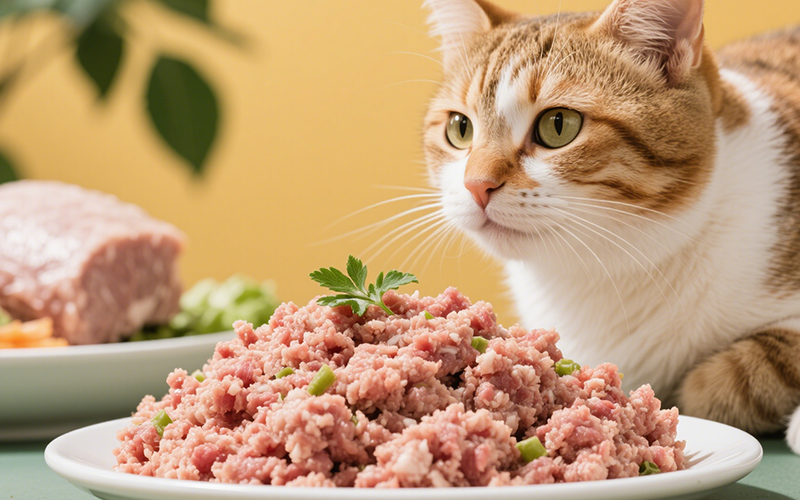
A Purrfect Protein? Can Cats Eat Ground Turkey Safely? (Vet-Reviewed Guide)
- 16 Apr 2025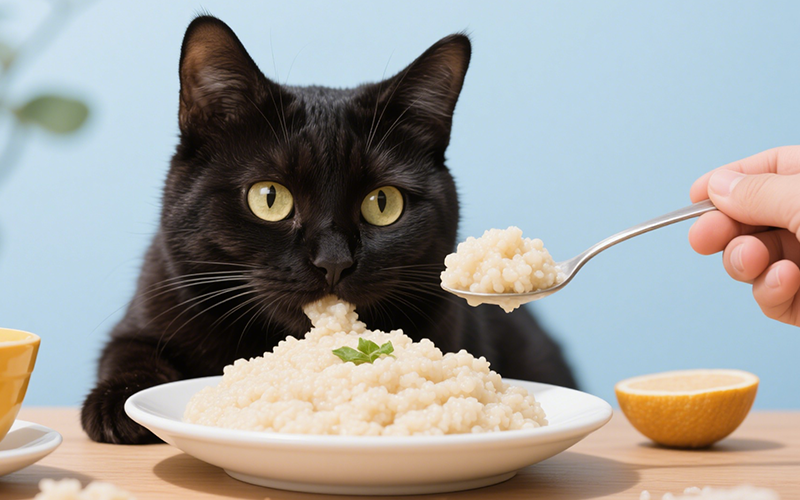
Gritty Situation: Can Cats Eat Grits Safely? Vet Explains the Risks
- 16 Apr 2025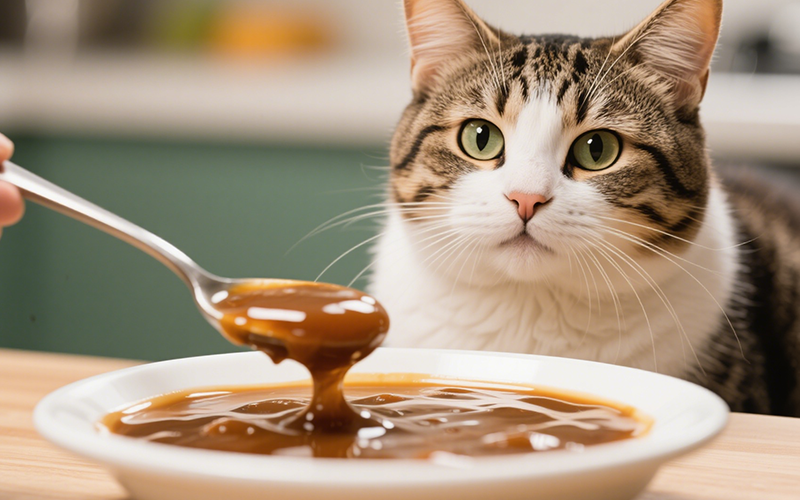
Gravy Danger Zone: Can Cats Eat Gravy Safely? (Vet-Reviewed Warning)
- 16 Apr 2025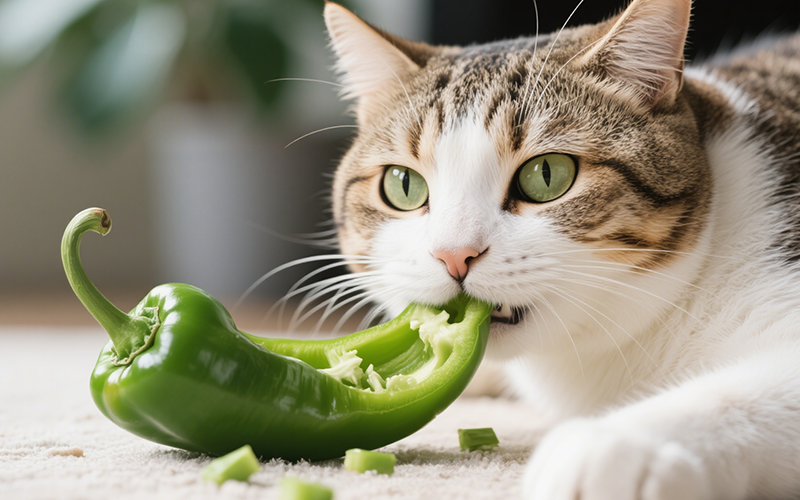
Crunchy Query: Can Cats Eat Green Peppers? A Vet-Reviewed Safety Analysis
- 16 Apr 2025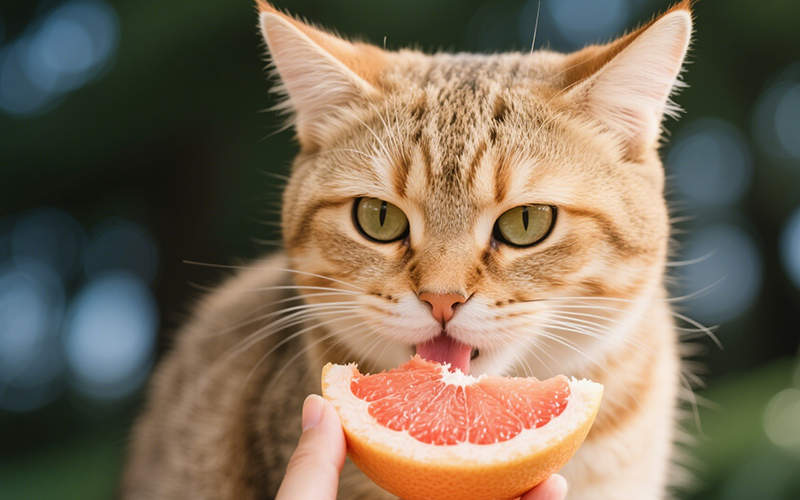
Toxic Temptation: Can Cats Eat Grapefruit? Vet Explains the Dangers
- 16 Apr 2025
Emergency Meal or Major Mistake? Can Cats Eat Dog Food For A Couple Days? (Vet Guide)
- 16 Apr 2025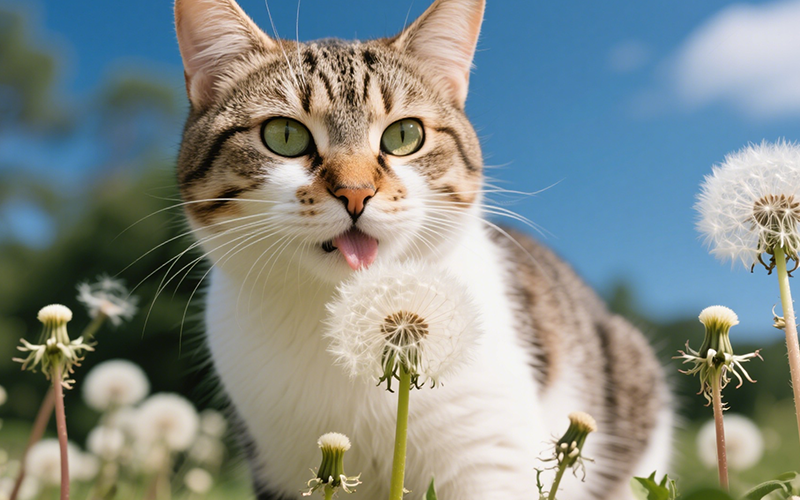
Dandelions & Felines: Can Cats Eat These Common Weeds Safely? Vet Explains
- 16 Apr 2025
Flaky Danger: Can Cats Eat Croissants Safely? Vet Explains the Buttery Risks
- 16 Apr 2025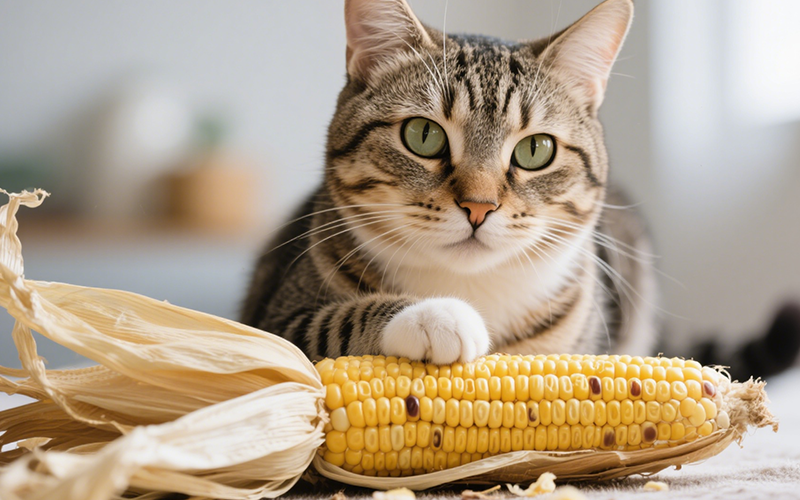
Hazard Alert: Can Cats Eat Corn Husks? Vet Explains Dangers of This Fibrous Material
- 16 Apr 2025
